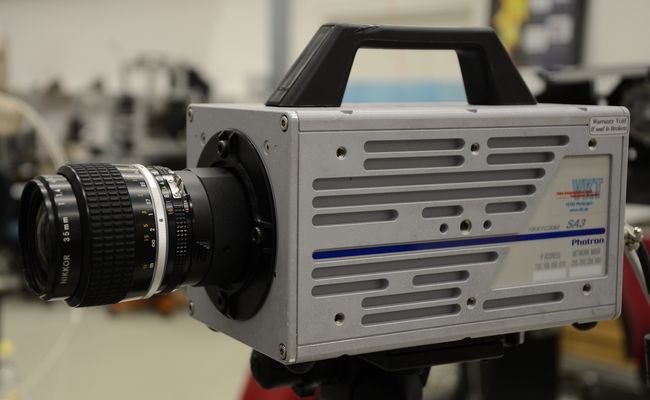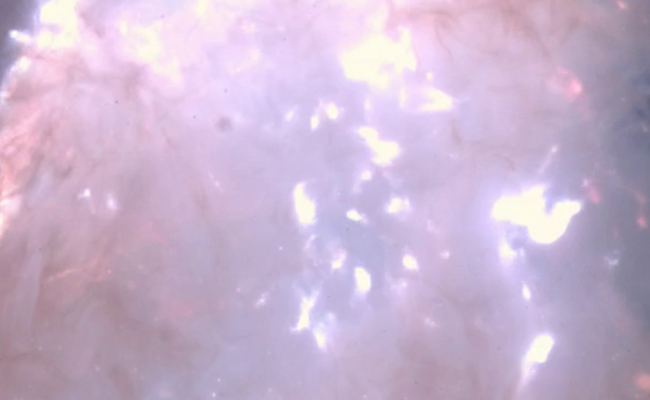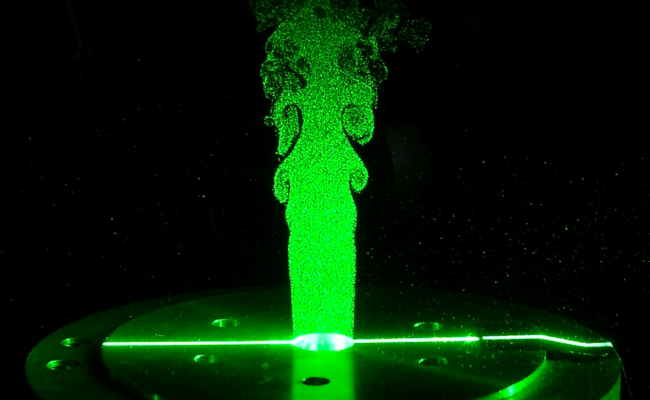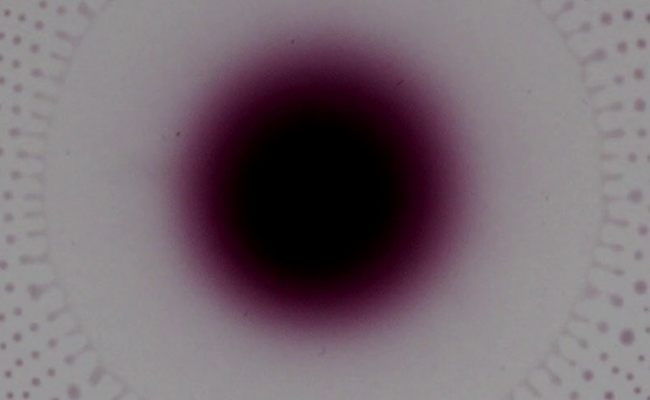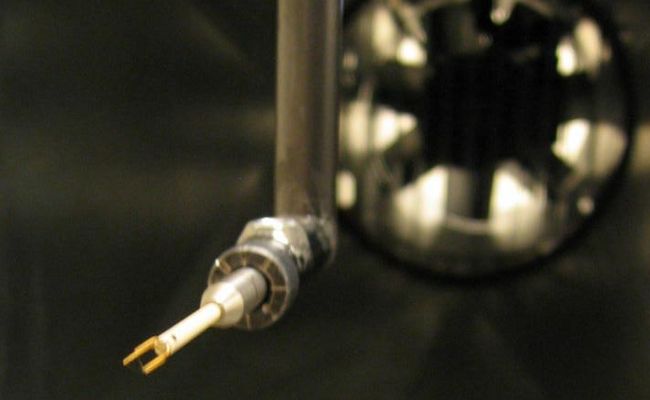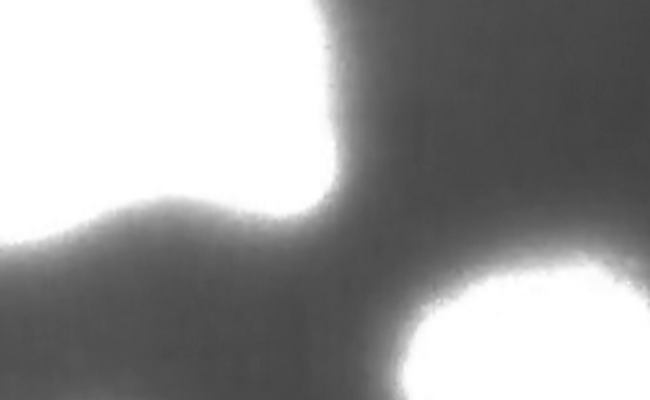Since the foundation of our department we have a strong dedication to validate all new numerical models with in house lab experiments.
As it is not easy to extract quantitative data from multiphase flow experiments, the validation of numerical models needs some creativity and quite often one has to leave the established methods and find some new approaches on qualitative or pseudo quantitative data processing methods. Thus, we developed a strong focus on image and signal processing of experimental data, and over the last years we also managed to transfer some of these methods to real plant data. Some examples can be found below and in our annual reports.
Fluid mechanics laboratory
Contact
DI Dr. Stefan Puttinger
stefan.puttinger@jku.at
Location
Science Park 1, Ground Floor
Particle image velocimetry (PIV) is a powerful tool to extract planar velocity vector fields with two or three components (stereo PIV and tomographic PIV). With state-of-the-art camera equipment PIV can deliver highly resolved velocity fields. The images below show the raw data and processing results for time-resolved recordings at 0.5 mm spatial resolution. For the given example of a deflected submerged jet in water this means that the turbulent scales are resolved down to the Kolmogorv length scale.
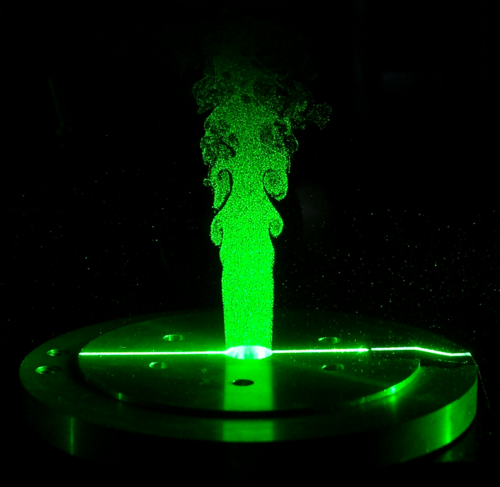 Free jet illuminated by laser
©S.Puttinger
Free jet illuminated by laser
©S.Puttinger
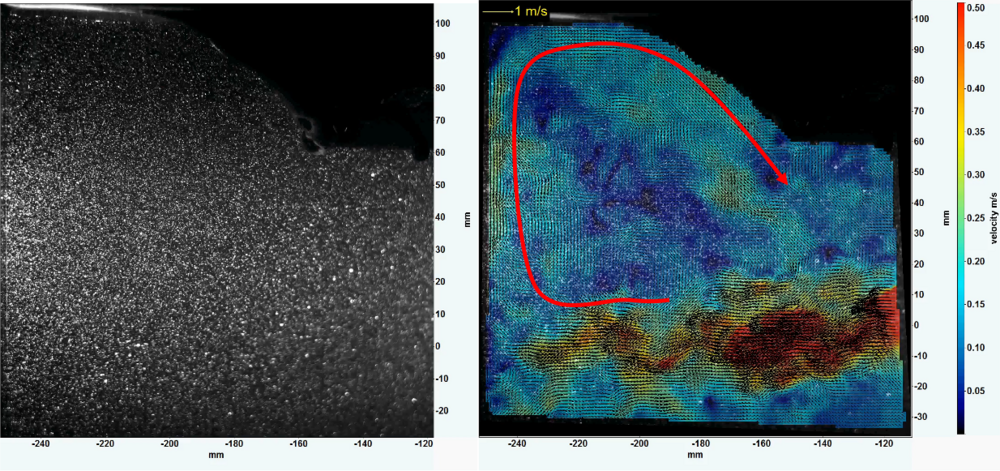 Raw image and processed vector field of a deflected submerged jet
©S.Puttinger
Raw image and processed vector field of a deflected submerged jet
©S.Puttinger
Dust deflagration remains a severe safety hazard in process industries. Flame propagation velolities can be identified using high-speed cameras at sufficient frame rates. This usually leads to a trade-off in camera shutter settings so that either the dust cloud remains underexposed and is hardly visible, or the flame is too bright and saturates the camera pixels. We introduced a novel test setup using a laser light sheet to illuminate the particle cloud while, at the same time, the camera settings can be chosen in way that pixel saturation can be kept on a low level in the flame area. The recordings are done with a color high-speed camera and then processed in the YCbCr color space. Beside macroscopic values like the vertical dust cloud and flame propagation velocities we also obtain spatially resolved velocity data by using optical flow algorithms.
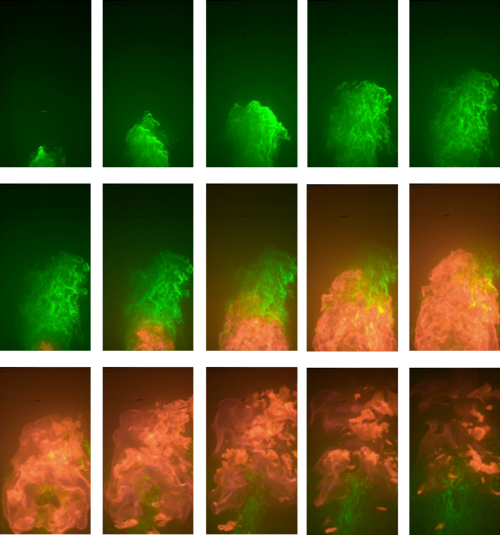 Deflagration event of 4g of corn starch illuminated by a laser light sheet.
©S.Puttinger
Deflagration event of 4g of corn starch illuminated by a laser light sheet.
©S.Puttinger
Fluidized beds are widely used in chemical engineering and exist in a huge variety of sizes and different bed activations. To precisely control the regime of the fludized bed behaviour is of major interest in the process industry. In our laboratory test rigs we can study fluidized bed behaviour with high-speed cameras and pressure signal analysis to provide validation data for CFD simulations.
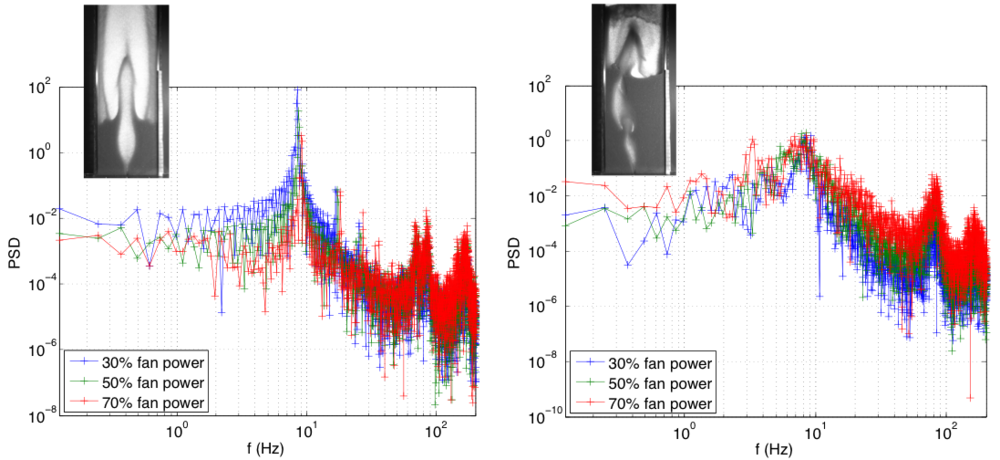 Power spectral density of the pressure signals in a spout activated fluidized bed. The peridodic spout eruptions on the left can be clearly identified in the pressure signals and disappera in the chaotic spouting mode on the right.
©S.Puttinger
Power spectral density of the pressure signals in a spout activated fluidized bed. The peridodic spout eruptions on the left can be clearly identified in the pressure signals and disappera in the chaotic spouting mode on the right.
©S.Puttinger
Highly laden particle jets occur in many industrial applications like burners for solid fuels. Our laboratory test facility allows to investigate highly laden powder injection in a crossflow wind tunnel via high-speed camera and particle image velocimetry (PIV).
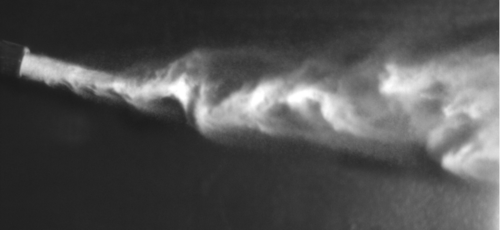 Dispersion of a particle jet in wind tunnel cross-flow.
©S.Puttinger
Dispersion of a particle jet in wind tunnel cross-flow.
©S.Puttinger
Electrical capacitance tomography (ECT) is a powerful tool to investigate multiphase flows in three dimensions. The sensors are extremely simple (a set of copper electrodes) and inexpensive. However, the reconstruction problem to obtain the material distribution from the capacitance measurements is ill-posed and ill-conditioned. Hence, a smart choice of reconstruction algorithm and the use of prior information is important to obtain fast and reliable data reconstruction in real-time.
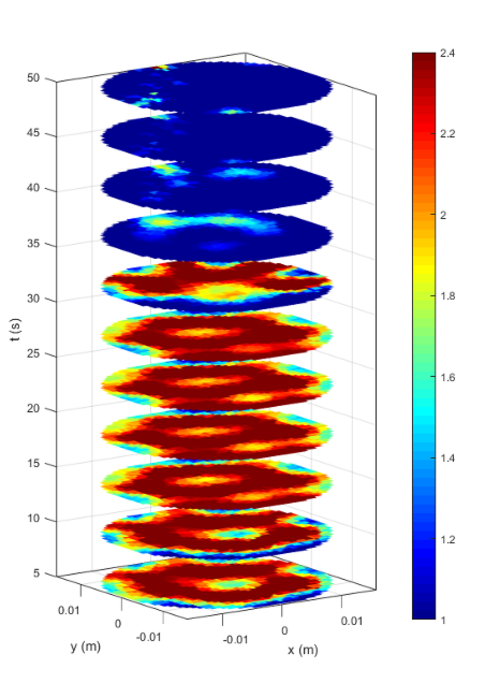 Slices of ECT reconstruction for particle flow in a vertical pipe
©S.Puttinger
Slices of ECT reconstruction for particle flow in a vertical pipe
©S.Puttinger
The raceway areas in a blast furnace are highly dynamic structures and are subject to collapsing from time to time because of the downward movement of the burden. These events can result in reduced gas throughput and incomplete burning of fuel substitutes like pulverized coal. Due to the harsh environment in a blast furnace there is only very few plant data available about the process.
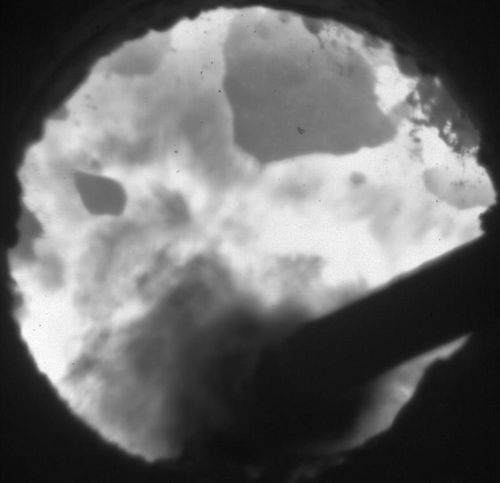 Image from a tuyere camera taken at low exposure times to freeze the fast motion of coke particles in the raceway.
©S.Puttinger
Image from a tuyere camera taken at low exposure times to freeze the fast motion of coke particles in the raceway.
©S.Puttinger
This study aims to find an optimal blockage detection based on the combination of hot blast flow rates and additional tuyere cameras. A usual implementation of triggering the shutdown of PCI lances is to use a threshold value for a minimum wind flow rate through the individual tuyere sections. However, a blast furnace never shows exact axially symmetric behavior, thus the hot blast flow rates vary between the tuyeres. So applying the same threshold level to all tuyeres is not an optimal solution to trigger the shutdown of PCI lances. Within this K1Met project we test various approaches for signal and image processing of available blast furnace data to optimize raceway blockage detection.
